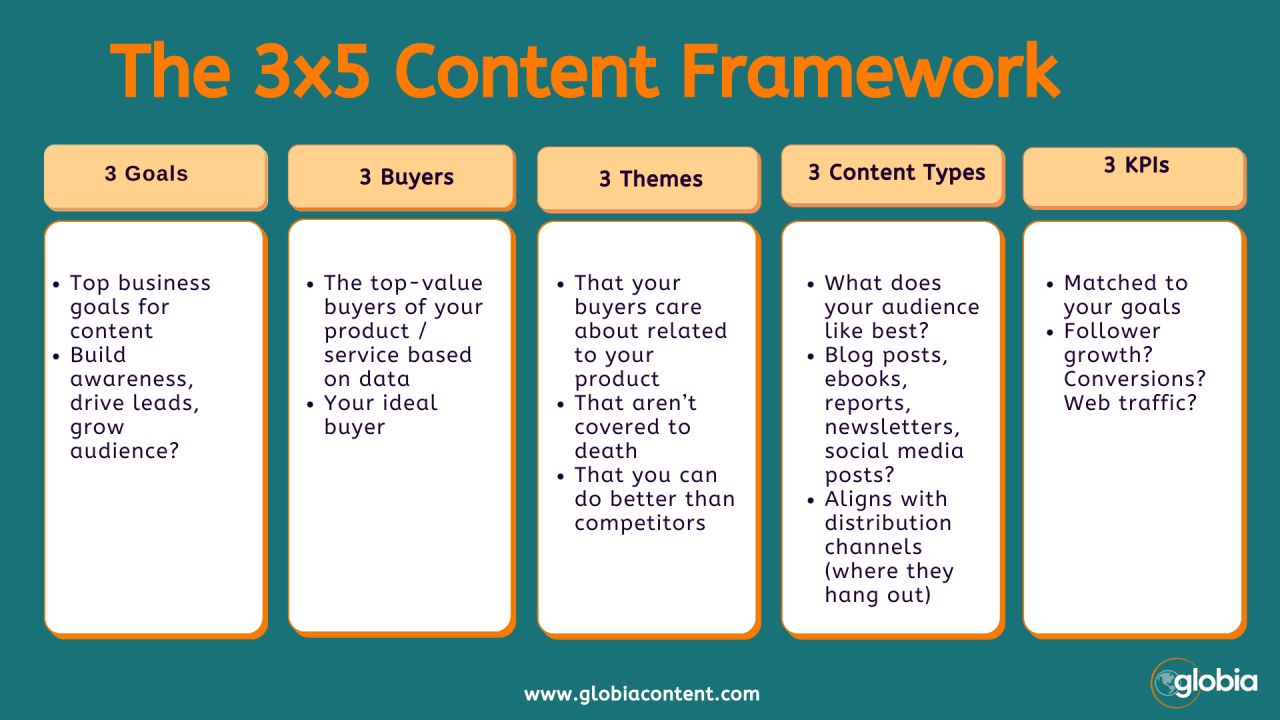This is an excerpt from our newsletter Bright Objects, a weekly deep-dive into marketing, AI, tech, and business.
Introducing Lee Densmer, international B2B marketing leader
It’s my great pleasure to introduce one of my B2B marketing idols, Lee Densmer. Lee is one of those rare operators who can see the strategy and the scaffolding. A professional writer and program manager turned B2B marketing heavyweight, she has built content engines for high-growth SaaS brands.
Currently, she heads up content strategy (and is the owner) at Globia. Lee’s thinking sits at the intersection of strategy and structure, blending empathy and precision in equal measure.
Whether she’s designing systems to repurpose content across a buying journey or rethinking how AI will impact search visibility, Lee has a knack for cutting through noise.
In this email interview for Bright Objects, we get into what’s changing in B2B marketing, how GEO is reshaping the future of search, and the underrated power of content ops.
I’ve learned a great deal from her work, and now you can, too.
5 questions about B2B marketing that we all need to ask (and get the answers to)
Q1: You’ve said the best content strategy starts with empathy. How do you apply that in a world of long sales cycles and spreadsheets?
Lee: I’d start earlier and say the best strategy begins with knowing your buyer. Empathy doesn’t come from thin air. It’s built through research into your buyers, including talking to your customers, sales team, account managers, and the buyers themselves. Through this research, you’ll come to know what keeps them up at night, their pain points, and their goals. When you know your buyers this well, you can create content that feels like both a mirror and a map.
Q2: What’s one myth about B2B marketing you wish we could retire for good?
Lee: “You need to be everywhere.” No. Brands spread themselves too thin, trying to be on every channel, writing for every buyer, producing every content type. It leads to burnout and underperformance.
An effective strategy can truly be much simpler. I use a 3×5 framework: 3 goals, 3 buyers, 3 themes, 3 content types, and 3 KPIs. It’s a simplified framework that will prevent teams from doing too much. With this framework, they can go deep, not wide.

Q3: What’s your approach to building content for long, multi-stakeholder buying journeys?
Lee: First, accept that no single content piece will do it all. You need to build multiple pieces for your 3–4 top buyers, mapped across awareness, consideration, and conversion stages. Especially the latter two, because if you’re in an established category, there’s already too much top-of-funnel fluff.
It can be a complex content matrix: if you have a long, multi-stakeholder buying situation, you’re going to have lots of pieces of content across lots of channels. The more complex the buying environment, the more complex the content program.
Q4: GEO, Generative Engine Optimisation, is the new SEO. What do marketers need to do today?
Lee: First, don’t panic, but do diversify. Teams need to understand that they need to protect themselves by working to serve up content on channels other than just Google or AI / LLM search since these platforms change all the time. Next, optimising for LLMs isn’t so different from optimising for SEO: focus on what your customer needs, write clearly, and optimise for usefulness.
(NB: Lee wrote this excellent post on LinkedIn with excellent tactical execution ideas for GEO.)
Q5: If someone’s building a B2B content strategy from scratch in 2025, what should they do first?
Lee: Start small and smart. Go back to basics: what are your customers asking about? Answer those questions.
Then? Focus on distribution and promotion so you can get the most eyeballs on your content. One great article seen by 10,000 people beats 100 posts nobody reads. Also, experiment with audio and video. It doesn’t need to be high production. It just needs to be helpful.
✨ Takeaway: content ops as a growth lever
If there’s a subtext to this whole conversation, it’s this: structure is strategy. My takeaway from this interview is that content doesn’t just need creativity: it needs focus and clarity.
A clear strategy with the right structure and focus is the difference between random acts of marketing and a reliable engine for revenue. And in a world where attention is scarce and buying journeys are long, that might just be your sharpest tool.

